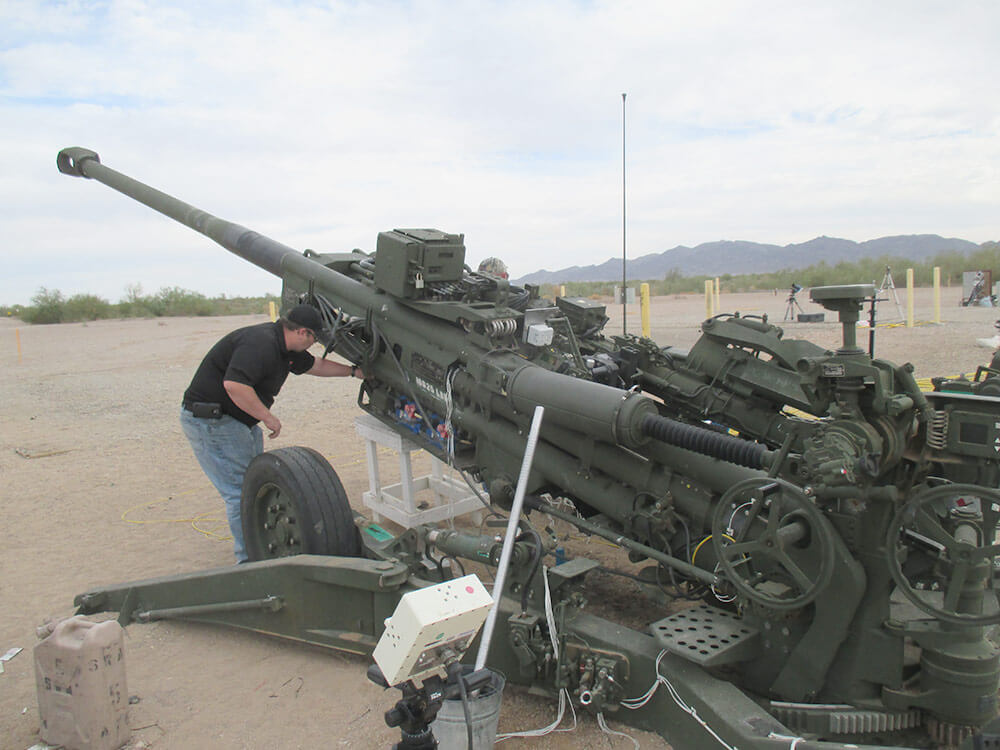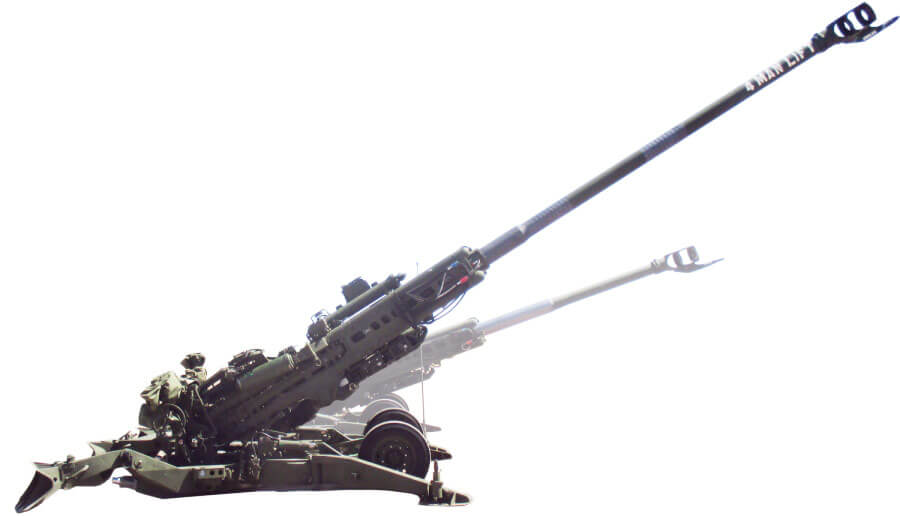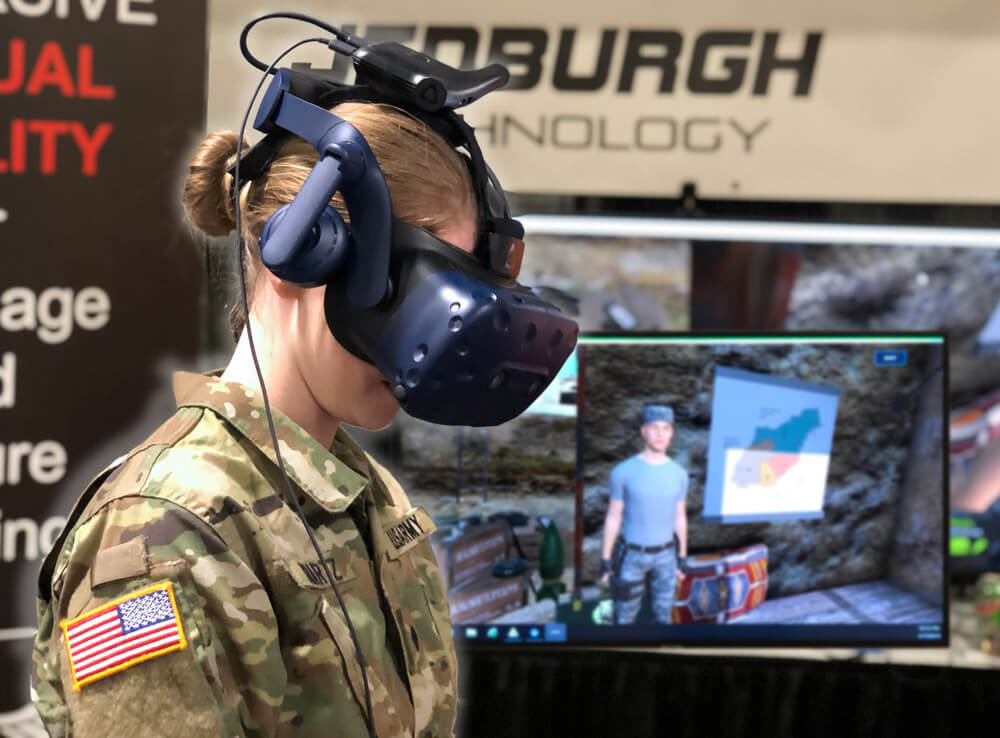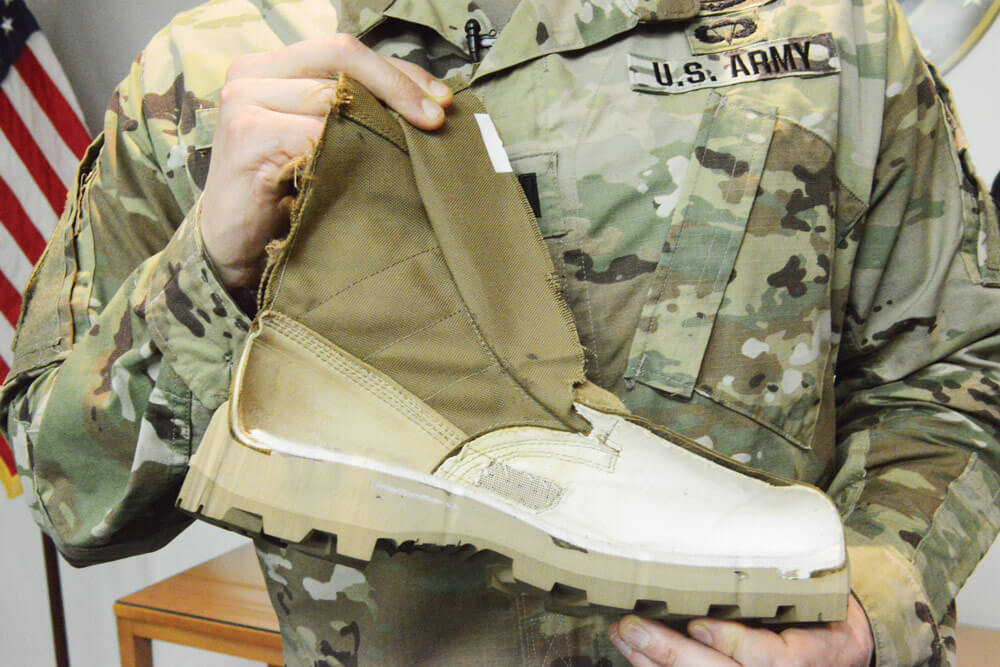Engineers at Picatinny Arsenal, New Jersey have successfully expanded the range of the Howitzer with the modified M777A2 Howitzer.
Through a joint initiative between the U.S. Army Armament Research, Development and Engineering Center (ARDEC), Program Executive Office Ammunition and Project Manager Towed Artillery Systems (PM TAS) – a joint project management office between the Army and the Marine Corps – Army engineers are working toward an ultimate goal of producing from the M777A2 a maximum range of 70 km. Also included in the initiative are plans to minimize cost and modify to the weapon platform.

While PM TAS is the official program lead, ARDEC is providing the engineering that will advance the system to achieve its maximum range. PM TAS has the responsibility of working with the Soldiers, Marines and ARDEC to refine the systems requirement to ensure user expectations are met.
“We put together an integration test bed for the M777A2 Extended Range [M777ER] Howitzer program, incorporating a 55-caliber cannon tube on the M777A2 towed Howitzer,” said Andy McFadzean, an ARDEC special project officer in an interview with Army.mil. “We shot a total of 70 rounds using the MACS [Modular Artillery Charge System], zone two through zone six, propelling charge. This test marked the first time a MACS zone six was fired from the M777 howitzer. Previously, the top charge fired was a MACS zone five.”
The new modification adds 6 feet to the cannon while increasing the system’s weight by less than 1,000 pounds, which is light by Howitzer standards. The extra length allows for an increase in chamber volume and rifling length in the barrel, thus increasing the Howitzer’s accuracy and range.

“We were able to push the round harder for longer, so it goes faster and farther,” said David Bound, M777ER team lead in the same Army.mil interview.
“Think of it like a guy with a really long arm. He can hold a ball longer and throw it faster than a guy with a really short arm. We just integrated that longer ‘arm’ onto the Howitzer so that the same bullet is acted on longer and quicker. That in turn means more range,” Bound said.
As part of the M777ER program, ARDEC is also partnering with the Army’s Extended Range Cannon Artillery (ERCA) program. ERCA’s program team is developing technology to extend the range of the 155 mm self-propelled Howitzer, and ARDEC has incorporated that technology onto the towed Howitzer platform for the M777ER.
The team developed a non-firing platform to see if the extended range cannon tube would be capable of being towed. Mobility trials conducted last year successfully demonstrated that the platform could be towed with little modification, moving the program on to firing trials.
The M777ER was equipped with a .39-caliber cannon without a muzzle brake, which would put similar stress onto the platform as the .55-caliber cannon with a muzzle brake. The test results validated the engineering design models for the weapon, once again moving the project further along.
The next configuration of the M777ER integrated a .55-caliber cannon tube onto the weapon platform. The Army plans to incrementally improve the M777ER over the next few years with several similar demonstrations proving the weapon’s ability.

“We’re not going to do all of our design work in a vacuum and show up in five years with a system the user hasn’t seen before,” Bound said. “Too many times we do a project like this and we think we know what they [the users] want. If we have them involved throughout the process, it allows us to make the system more suitable to fit their needs.”
“We are taking a crawl, walk, run approach to keep the user involved through the whole process,” McFadzean agreed.
So far, the crawl, walk, run approach has proved useful as each time the weapon is fired, the team learns something new that can be dealt with incrementally.
“We saw a few different outcomes than we expected to see. One thing we expected to see and did not was an increase in tube whip – the bouncing of the cannon tube after firing – but it appears the elevation system can lift all that additional weight and still hold the tube steady,” Bound noted.
One of the main concerns for the team was dealing with blast overpressure and keeping Soldiers safe while firing the weapon.
Bound explained that when the weapon is fired, a surge of energy or a “blast wave” of extra propellant gases comes out of the muzzle. A muzzle brake is used to take that energy and redirect it backward, which helps to slow down the tube during recoil. The problem lies in the positioning of the muzzle brake. The brake is located at the end of the cannon tube. This means that the blast wave is redirected back in the direction of where the firing crew stands. If too much energy is directed back, the blast wave could potentially injure Soldiers. As a remedy, Army engineers have developed a redesigned muzzle brake that allows energy to be efficiently redirected while also keeping the crew safe.
Next in the testing lineup was assessing the M777ER platform’s ability to work with next generation ammunition. According to Bound, ERCA has designed a new rocket-assisted projectile and a new super charge. As with the partnership using the technology from the 155 mm self-propelled Howitzer, the ARDEC integrated the ERCA technology into the M777ER program.
“Testing [was originally] done with legacy ammunition, which is what Soldiers and Marines currently use every day,” Bound noted. “The next step was to see if the M777ER platform could take the force from the new ammunition since we were going from a 7 km increase in range to a 40 km increase in range.”
Based on the outcomes of the ammunition testing, ARDEC and PM TAS will hold another round of user evaluations and feedback on all modifications will be solicited. The evaluations could begin as early as this July, according to Bound.
BY STAFF WRITER Keegan Rammel


